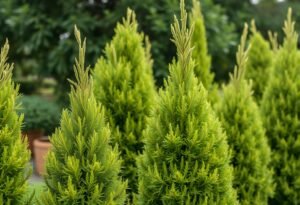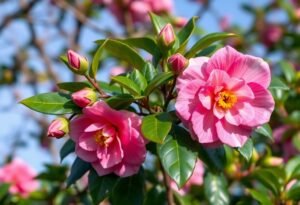What Are Cosmos?
Cosmos are a genus of flowering plants in the sunflower family that originated in Mexico. Their colorful, daisy-like flowers can attract anyone who loves gardens. Cosmos are incredibly versatile and thrive in most conditions. Their delicate, slightly crinkled petals can add a unique charm to your garden.
Do Cosmos Come Back Every Year?
Essentially, cosmos are annual plants, which means they die after completing their growing cycle. This raises the question: do cosmos come back every year? The answer is no, at least not unless referring to their seeds. Cosmos can self-sow and produce new plants in subsequent seasons, but this requires the right conditions for germination and pollination.
How to Plant Cosmos for Future Years?
To increase the likelihood that cosmos will return to your garden in future years, it’s beneficial to collect seeds. You can gather seeds once the flowers dry and the seeds are clearly visible. Leave a few blooms on the plant to mature. After collecting, store the seeds in a cool, dry place until the next season.
Best Conditions for Growing Cosmos
Cosmos prefer full sun and well-draining soil. Of course, cosmos will stand a better chance of survival when planted under favorable conditions. Maintaining the soil at the right level of moisture and fertilizing your plants at appropriate intervals are key for their health.
How to Care for Cosmos?
When taking care of cosmos, remember to water them regularly, especially during dry spells. Deadheading will encourage more blooms. Also, routinely check your plants for pests.
Why Have Cosmos in Your Garden?
Cosmos not only add beauty to the garden but also attract beneficial insects like bees and butterflies. Their presence in the garden can also benefit other plants. They create ideal conditions for fruiting.
Conclusion
While cosmos are annual plants, they have the potential to return in subsequent years if you remember their seeds and proper care. We encourage you to plant these beautiful flowers in your garden today!
Disclaimer
The information contained in this article is for informational purposes only and does not replace expert gardening advice.

















